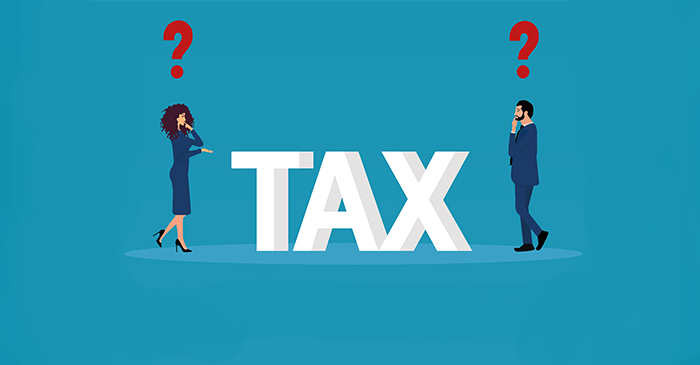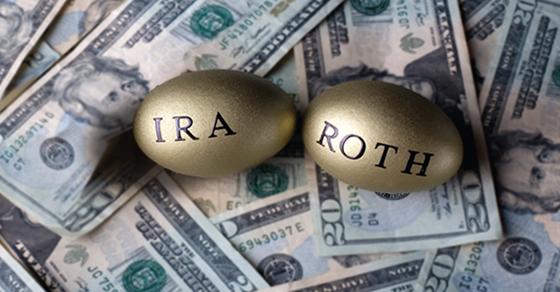When you file your tax return, a tax filing status must be chosen. This status is used to determine your standard deduction, tax rates, eligibility for certain tax breaks and your correct tax.
The five filing statuses are:
- Single
- Married filing jointly,
- Married filing separately,
- Head of household, and
- Qualifying surviving spouse.
If you’re married, you may wonder if you should file joint or separate tax returns. It depends on your individual tax situation.
In general, you should choose the filing status that results in the lowest tax. But keep in mind that, if you and your spouse file a joint return, each of you is “jointly and severally” liable for the tax on your combined income. And you’re both equally liable for any additional tax the IRS assesses, plus interest and most penalties. That means the IRS can come after either of you to collect the full amount.
Although there are “innocent spouse” provisions in the law that may offer relief, they have limitations. Therefore, even if a joint return results in less tax, some people may still choose to file separately if they want to only be responsible for their own tax. This might occur when a couple is separated.
In most cases, filing jointly offers the most tax savings, especially when the spouses have different income levels. Combining two incomes can bring some money out of a higher tax bracket. Filing separately doesn’t mean you go back to using the “single” rates that applied before you were married. Instead, each spouse must use “married filing separately” rates. They’re less favorable than the single rates.
However, there are cases when married couples may save tax by filing separately — for example, when one spouse has significant medical expenses. Medical expenses are deductible only to the extent they exceed 7.5% of adjusted gross income (AGI). If a medical expense deduction is claimed on a spouse’s separate return, that spouse’s lower separate AGI, as compared to the higher joint AGI, can result in a larger total deduction.
Only on a joint return
Keep in mind that some tax breaks are only available on a joint return. The child and dependent care credit, adoption expense credit, American Opportunity tax credit and Lifetime Learning credit are only available to married couples on joint returns. And you can’t take the credit for the elderly or the disabled if you file separately unless you and your spouse lived apart for the entire year. You also may not be able to deduct IRA contributions if you or your spouse were covered by an employer retirement plan and you file separate returns. And you can’t exclude adoption assistance payments or interest income from Series EE or Series I savings bonds used for higher education expenses.
Social Security benefits
Social Security benefits may be taxed more when married couples file separately. Benefits are tax-free if your “provisional income” (AGI with certain modifications, plus half of your Social Security benefits) doesn’t exceed a “base amount.” The base amount is $32,000 on a joint return, but zero on separate returns (or $25,000 if the spouses didn’t live together for the whole year).
Circumstances matter
The filing status decision you make when filing your federal tax return may affect your state or local income tax bill, so the total tax impact should be compared. There may not be a simple answer as to whether a couple should file jointly or separately. Various factors must be examined. We can help you make the most advantageous choice. Contact us to prepare your return or if you have any questions.
© 2024







